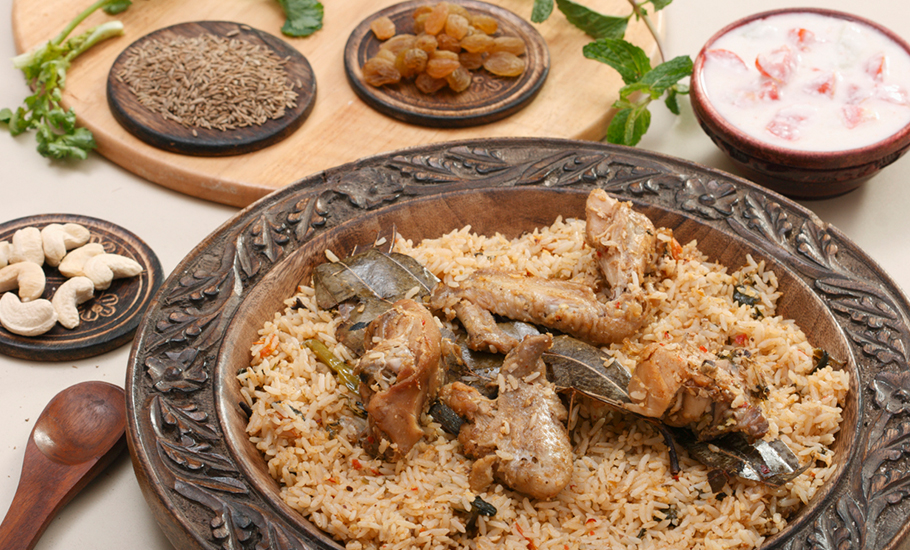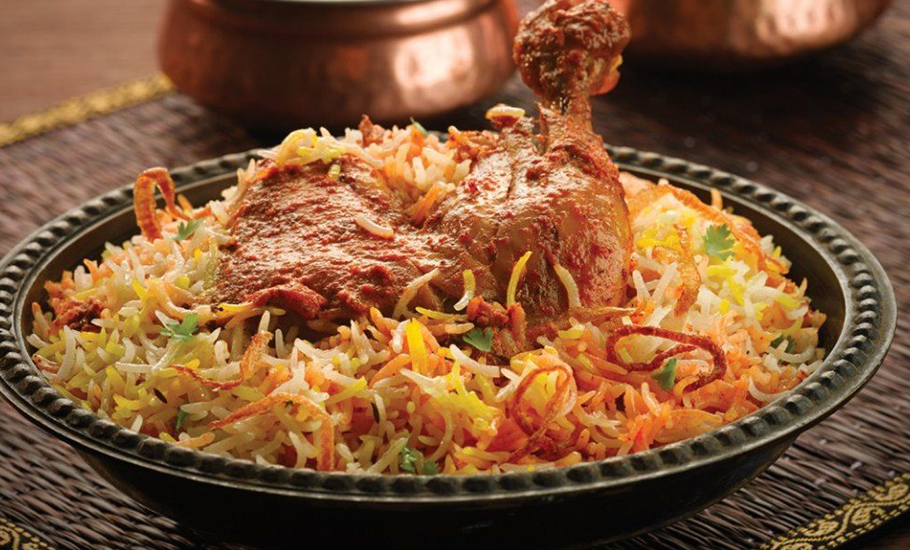
- Home
- India
- World
- Premium
- THE FEDERAL SPECIAL
- Analysis
- States
- Perspective
- Videos
- Sports
- Education
- Entertainment
- Elections
- Features
- Health
- Business
- Series
- In memoriam: Sheikh Mujibur Rahman
- Bishnoi's Men
- NEET TANGLE
- Economy Series
- Earth Day
- Kashmir’s Frozen Turbulence
- India@75
- The legend of Ramjanmabhoomi
- Liberalisation@30
- How to tame a dragon
- Celebrating biodiversity
- Farm Matters
- 50 days of solitude
- Bringing Migrants Home
- Budget 2020
- Jharkhand Votes
- The Federal Investigates
- The Federal Impact
- Vanishing Sand
- Gandhi @ 150
- Andhra Today
- Field report
- Operation Gulmarg
- Pandemic @1 Mn in India
- The Federal Year-End
- The Zero Year
- Science
- Brand studio
- Newsletter
- Elections 2024
- Events
- Home
- IndiaIndia
- World
- Analysis
- StatesStates
- PerspectivePerspective
- VideosVideos
- Sports
- Education
- Entertainment
- ElectionsElections
- Features
- Health
- BusinessBusiness
- Premium
- Loading...
Premium - Events

Why India can’t get enough of biryani

In Bengali playwright Dwijendralal Roy’s well-known play Chandragupta, Alexander tells his general Seleucus Nicator about India, “Satya Seleucus, ki bichitro ei desh” (Really Seleucus, what a strange country this is!!). The authenticity of the remark attributed to the great king of ancient Greek kingdom of Macedon in the 1911 play is debatable, but there is no doubt about India’s...
In Bengali playwright Dwijendralal Roy’s well-known play Chandragupta, Alexander tells his general Seleucus Nicator about India, “Satya Seleucus, ki bichitro ei desh” (Really Seleucus, what a strange country this is!!).
The authenticity of the remark attributed to the great king of ancient Greek kingdom of Macedon in the 1911 play is debatable, but there is no doubt about India’s ability to spring a surprise.
Just sample this anomaly. A country where a clothing brand was heckled to withdraw its promotional campaign during Diwali in 2021 merely because it used Urdu phrase Jashn-e-Riwaaz in its tagline, biryani is the undisputed gourmet king.
There is no gainsaying the fact that biryani has a stronger Muslim connect than Urdu, the language the country’s saffron brigade loves to hate.

Objecting to Fabindia’s Jashn-e-Riwaaz advertisement, BJP MP Tejasvi Surya felt that the campaign was a “deliberate attempt at Abrahamisation of Hindu festivals.”
Soon other Hindu right wing groups and leaders joined the chorus to target Fabindia for its ‘blasphemous’ campaign, conveniently ignoring the fact that Urdu is an Indian language born out of amalgamation of Khariboli, Prakrit, Persian, Turkish and Arabic languages.
The storm kicked up by these rabble-rousers resonated with many common Indians, who otherwise would have no qualms in beelining to gorge on biryani, a quintessential ‘Muslim delicacy’.
So much so that for the sixth year in a row biryani emerged as the most popular food dish in India in 2021, according to yearly stats released by India’s leading online on-demand food delivery platform, Swiggy, in December.
According to Swiggy’s data, 115 biryanis were ordered per minute in 2021, up from 90 ordered in 2020.
The universal acceptance of the aromatic one-dish meal in India is quite evident from the rising popularity of its purely Indic avatar, the vegetarian biryani.
The food aggregator found that as many as 26 veg-biryanis were ordered across the country per minute in 2021. More than 19.88 lakh people ordered veg biryani in 2020, according to Zomato’s survey on India’s eating habits in 2020.
If these figures are not enough to convince India’s love for what can easily be called a Muslim delicacy, then there is another staggering figure to prove the point down.
A Federation of Indian Chambers of Commerce and Industry-PricewaterhouseCoopers report, published in December 2018, put the estimated worth of organised biryani delivery industry that year at Rs 2,500 crore.
Surely, biryani has a gainful journey from Iran to India. Yes, most food historians believe the delicacy has travelled to India from Iran and that it derived it name from Persian words “birinj biriyan”, literally meaning fried rice. In Farsi or Persian language ‘birinj’ means rice and “biriyan’ means to fry.
There are of course other theories of its provenance —including the one that it originated in Mughal kitchen and another claim that it was brought to the Malabar Coast by Arab traders.
Then there is this apocryphal hypothesis in sync with the present trend of historical revisionism in India that biryani has a Vedic connection and was then called ‘mansodan’.
The attempt to appropriate this Muslim ingenuity, however, did not find many takers even among Hindu right wing, who had referred India’s most popular dish as a metaphor to portray Muslims during the anti CAA-protest in New Delhi’s minority dominated Shaheen Bagh.

Uttar Pradesh Chief Minister and BJP leader Yogi Adityanath was served a notice by the Election Commission of India for his loaded remark that his Delhi counterpart Arvind Kejriwal was “feeding biryani to Shaheen Bagh protesters”. Obviously that did not stop the BJP leaders from referring the Shaheen Bagh protesters in the same breath as biryani to discredit the protest as a sectarian Muslim agitation.
Swiggy’s stats once again manifested that Indians by and large are not willing to eat out of the BJP’s anti-biryani tirade.
So what makes it a culinary favourite?
“Apart from its scrummy flavour-packed taste, biryani is an all-purpose one wholesome meal that comes in various forms… It is a convenience food. Besides, it has a regal connection being a preferred meal of many royals from Mughals to Nizams of Hyderabad to Nawabs of Awadh,” said Firoze Hassan, the chief chef at an upscale Muglai restaurant in Kolkata.
Its popularity further lies in its local connect, Firoze adds, almost every region in India has its own variant of the dish to tickle the regional taste buds.
“Biryani is a symbol of a country that takes differences and divergences and then merges them into one India,” once wrote India’s celebrity food writer Vir Sanghvi.
In the course of being morphed into different regional variants, this truly Persian classic has left behind a trail of fascinating food tales, besides adding a distinctive regional flavour reflecting local tastes and gastronomic tradition.
In West Bengal for instance, one savours its signature Calcutta biryani, a gift to the regional palate from the last Nawab of Awadh, Wajid Ali Shah, who was banished to a Calcutta (now Kolkata) suburb, Metiabruz, by the British.
Besides being less spicy, what made the variant unique is the presence of boiled eggs and potatoes along with meat chunks.
The recipe of the original Lucknow biryani was tweaked by Wajid Ali’s personal chef, who was brought along with him, according to an account, to suit the tightened purse string of the exiled Nawab, who was offered a pension of Rs 12 lakh per annum after taking over his kingdom.
Eggs and potatoes were added to increase the volume of the dish as well as to reduce the quantity of meat in it, thus reducing the cost. Further, spices were minimised to cut the cost.
Unlike the Kolkata biryani, which is a little dry, the real McCoy—the Lucknow biryani or Awadhi biryani—is more moist, tender and flavoured.
Then there is this Dindigul biryani distinctive of Tamil Nadu. Cube-sized meat pieces and a special rice called seeraga samba used in its making give it a totally different feel. The dish is also spicier because both red and green chillies are used in its preparation.
Kerala is known for its Malabar/Mopla biryani. It’s said that the cuisine was the result of wedlocks between Arab traders and local women. The dish is served with coconut and coriander chutney. At times, fish and prawn are used as a substitute for meat in this version of the one-pot meal.

Then there is Bhatkali biryani of coastal Karnataka.
In the western part of India, biryani buffs swear by Bohri biryani, Konkani biryani and Sindhi biryani to name a few.
No biryani story is however ever complete without the mention of its Hyderabadi variant, which originated in the kitchens of Nizams and is said to be the closest to the original Iranian version. The legend is that the royal chef of Niza-Ul-Mulk, Hyderabad’s new ruler appointed by Mughal emperor Aurangzeb, created almost 50 different versions of biryani.
Unlike the other regional adaptations, in the Hyderabadi variant, rice and raw meat are cooked together with spices. The generous use of saffron gives the dish its trademark light yellowish colour.
It’s this ability to assimilate and to adapt to local settings and situations, which make this migrant food the most preferred dish in India.
